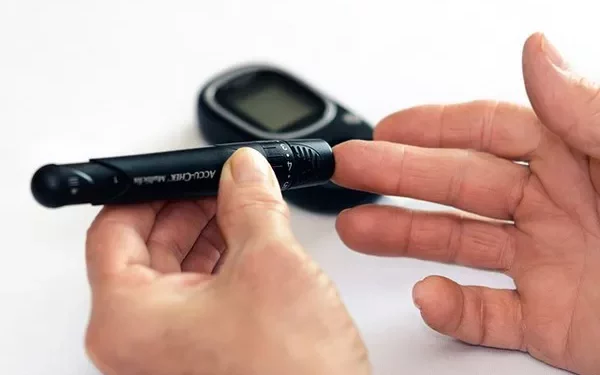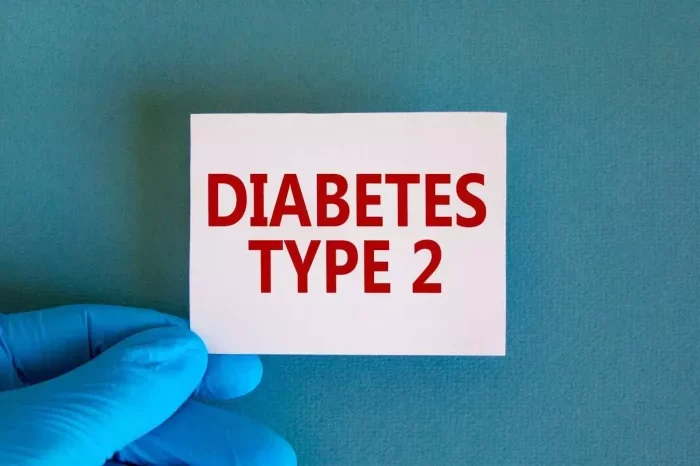Monitoring blood glucose levels is crucial for managing diabetes and preventing complications associated with the condition. One of the most effective ways to assess long-term blood glucose control is through the Hemoglobin A1c (HbA1c) test. This article delves into what normal HbA1c levels are, how they are measured, and their significance in diabetes management.
Understanding HbA1c
What is HbA1c?
Hemoglobin A1c, often abbreviated as HbA1c, is a form of hemoglobin that is chemically linked to glucose. It is a crucial biomarker used to evaluate blood sugar levels over a period of time, specifically the past two to three months.
When glucose circulates in the bloodstream, it attaches to hemoglobin—the protein in red blood cells that carries oxygen. The amount of glucose attached to hemoglobin reflects the average blood glucose levels during the lifespan of red blood cells, which is typically around 120 days.
Why is HbA1c Important?
The HbA1c test is essential for several reasons:
Long-Term Monitoring: Unlike daily blood glucose measurements, which can fluctuate significantly, HbA1c provides a more comprehensive picture of blood sugar control over time.
Risk Assessment: Higher HbA1c levels indicate an increased risk of developing diabetes-related complications, including cardiovascular disease, neuropathy, and retinopathy.
Treatment Efficacy: Regular HbA1c testing helps healthcare providers evaluate the effectiveness of diabetes treatment plans and make necessary adjustments.
Normal HbA1c Levels
What is Considered Normal?
Normal HbA1c levels vary depending on individual circumstances, but generally, the following classifications are used:
Normal: An HbA1c level below 5.7% is considered normal. This range indicates that the individual has good blood glucose control and is at a low risk of developing diabetes.
Prediabetes: An HbA1c level between 5.7% and 6.4% indicates prediabetes. Individuals in this range are at an increased risk of developing type 2 diabetes and should take steps to improve their blood sugar levels.
Diabetes: An HbA1c level of 6.5% or higher indicates diabetes. This level suggests that the individual has poor blood glucose control and may need to start or adjust their diabetes management plan.
Understanding the Numbers
5.7% or Lower: Indicates normal blood glucose levels. The risk of diabetes and its complications is minimal.
5.7% to 6.4%: Indicates a risk of developing type 2 diabetes. Lifestyle changes, such as diet and exercise, are crucial at this stage.
6.5% or Higher: Indicates diabetes. A comprehensive management plan, including lifestyle modifications and possibly medication, is essential to lower blood sugar levels.
Factors Influencing HbA1c Levels
Several factors can influence an individual’s HbA1c levels. Understanding these factors can help provide insight into why levels may be higher or lower than expected.
1. Diabetes Management
Effective diabetes management, including medication adherence, diet, and physical activity, plays a significant role in determining HbA1c levels.
Medication: Proper use of insulin or oral hypoglycemic agents can significantly impact blood glucose control.
Diet: A balanced diet that includes low glycemic index foods, fiber, and healthy fats can help stabilize blood sugar levels.
Exercise: Regular physical activity enhances insulin sensitivity and helps lower blood sugar levels.
2. Medical Conditions
Certain medical conditions can also affect HbA1c levels:
Anemia: Conditions that affect red blood cell production or lifespan, such as anemia, can skew HbA1c results.
Hemoglobin Variants: Some genetic conditions that alter hemoglobin can lead to inaccurate HbA1c results.
3. Age and Ethnicity
Research has shown that age and ethnicity can influence HbA1c levels. For instance, HbA1c levels may be higher in certain ethnic groups, and older adults may have different targets for HbA1c levels due to varying risks for complications.
4. Lifestyle Factors
Lifestyle choices significantly impact HbA1c levels:
Smoking: Smoking can increase insulin resistance, leading to higher blood sugar levels.
Stress: Psychological stress can elevate blood sugar levels by increasing cortisol, a hormone that can induce insulin resistance.
Sleep: Poor sleep quality or sleep disorders can also contribute to poor blood glucose control.
How is HbA1c Measured?
The Testing Process
The HbA1c test is a simple blood test that can be performed in a healthcare provider’s office or a laboratory. Here is a breakdown of the testing process:
Blood Sample: A small blood sample is drawn from a vein in the arm.
Laboratory Analysis: The sample is sent to a laboratory for analysis. The lab will measure the percentage of hemoglobin that has glucose attached to it.
Results: Results are typically available within a few days.
Frequency of Testing
The frequency of HbA1c testing depends on the individual’s diabetes management plan:
Stable Diabetes: For individuals with stable diabetes and well-controlled blood glucose levels, testing is usually recommended every six months.
Uncontrolled Diabetes: For individuals whose blood glucose levels are not well controlled or those who have recently changed their treatment plan, testing may be recommended every three months.
Interpreting HbA1c Results
Normal and Target HbA1c Levels
Normal Range: An HbA1c level below 5.7% is considered normal.
Target Levels for Diabetic Patients: Most diabetes organizations recommend that individuals with diabetes aim for an HbA1c level below 7%. This target may vary based on individual circumstances, age, and risk factors for complications.
Individualized Goals
It’s essential to recognize that HbA1c goals should be individualized. Factors that may influence these goals include:
Age: Older adults may have different targets due to the risk of complications from low blood sugar.
Duration of Diabetes: Individuals with a long history of diabetes may need more stringent control to prevent complications.
Comorbidities: The presence of other health conditions may influence the HbA1c target.
Implications of Abnormal HbA1c Levels
High HbA1c Levels
An elevated HbA1c level indicates poor blood glucose control and an increased risk of complications:
Microvascular Complications: High HbA1c levels are associated with damage to small blood vessels, which can lead to conditions such as diabetic retinopathy, nephropathy, and neuropathy.
Macrovascular Complications: Increased HbA1c levels also elevate the risk of heart disease and stroke.
Low HbA1c Levels
While a low HbA1c level is generally a positive sign, extremely low levels can indicate an increased risk of hypoglycemia:
Hypoglycemia: Individuals with diabetes who achieve very low HbA1c levels may be at risk of low blood sugar, which can lead to symptoms such as dizziness, confusion, and loss of consciousness.
Managing HbA1c Levels
Lifestyle Modifications
Making healthy lifestyle choices is crucial for managing HbA1c levels. Here are some strategies:
Diet:
Focus on whole foods, including fruits, vegetables, whole grains, lean proteins, and healthy fats.
Limit processed foods, sugary snacks, and refined carbohydrates.
Consider carbohydrate counting to help manage blood sugar levels effectively.
Physical Activity:
Aim for at least 150 minutes of moderate-intensity aerobic activity each week.
Incorporate strength training exercises at least two days a week.
Weight Management:
Achieving and maintaining a healthy weight can improve insulin sensitivity and lower blood sugar levels.
Medication Adherence:
Take prescribed medications as directed and regularly consult with healthcare providers to assess treatment plans.
Monitoring and Follow-Up
Regular monitoring of HbA1c levels is vital for effective diabetes management:
Frequent Testing: Schedule regular appointments with healthcare providers to assess blood glucose control and HbA1c levels.
Continuous Glucose Monitoring (CGM): Consider using a CGM device to track blood glucose levels continuously, providing real-time data to help manage diabetes effectively.
Education and Support
Diabetes education and support can empower individuals to manage their condition effectively:
Diabetes Self-Management Education and Support (DSMES): Participate in DSMES programs to learn about blood glucose monitoring, meal planning, and lifestyle modifications.
Support Groups: Join diabetes support groups to connect with others facing similar challenges and share experiences and strategies.
See also: How Does a Glucometer Measure Glucose?
Conclusion
Understanding normal HbA1c levels is essential for effective diabetes management. Maintaining an HbA1c level below 5.7% is critical for individuals without diabetes, while those with diabetes should aim for levels below 7% to reduce the risk of complications.
By making informed lifestyle choices, adhering to prescribed treatment plans, and regularly monitoring HbA1c levels, individuals can take significant steps toward managing their blood sugar levels effectively. Regular consultations with healthcare providers and participation in diabetes education programs can further enhance blood glucose control and overall health.
A proactive approach to managing blood glucose levels can lead to a healthier, more fulfilling life for individuals living with diabetes.
Related topics:
What Should Be the Normal Diabetes Level



























